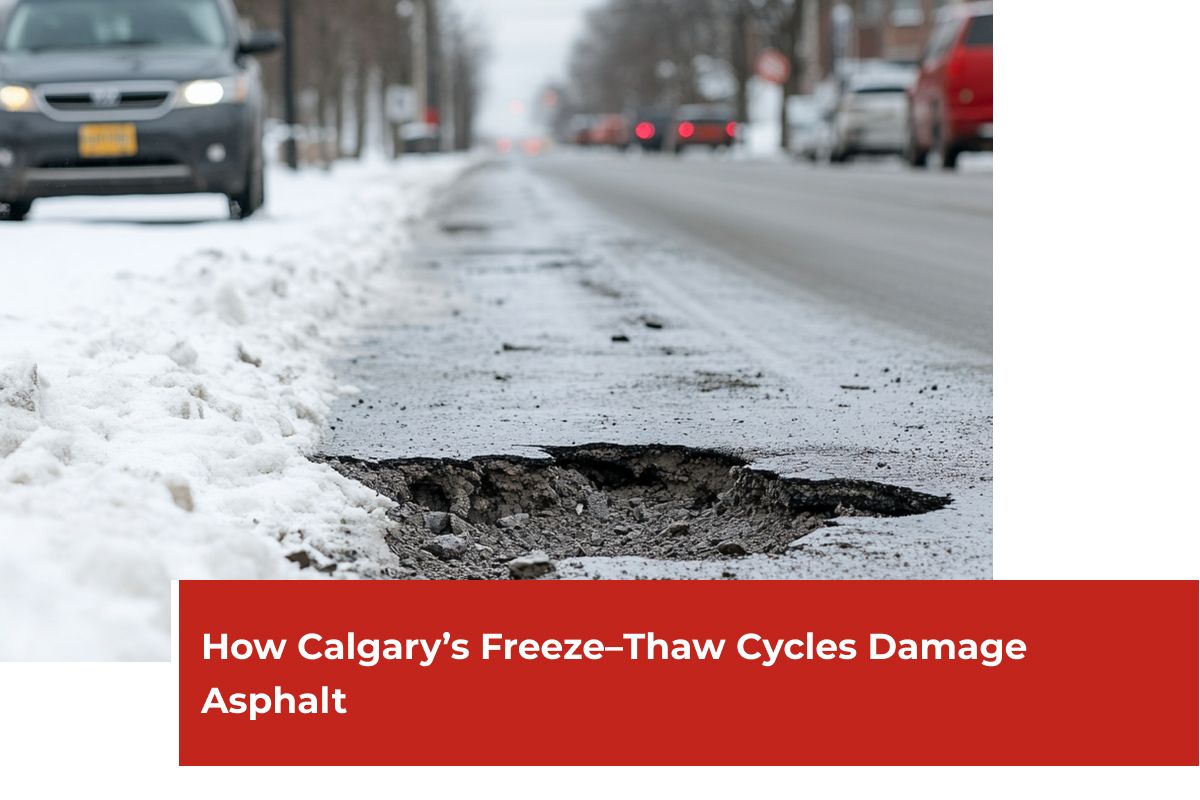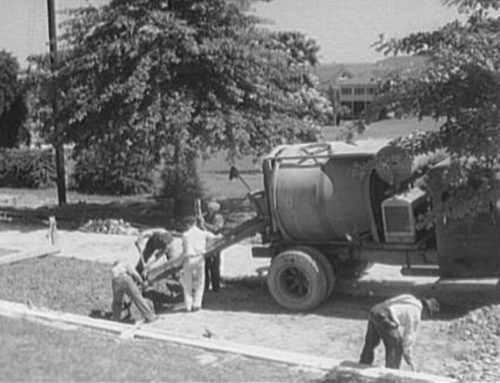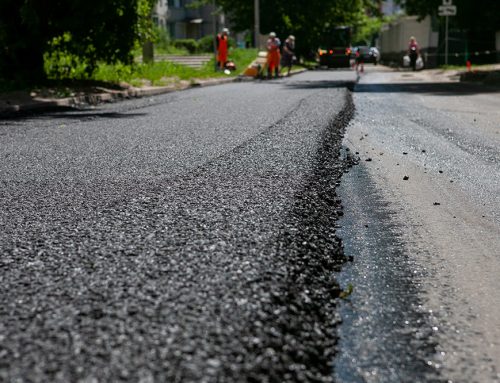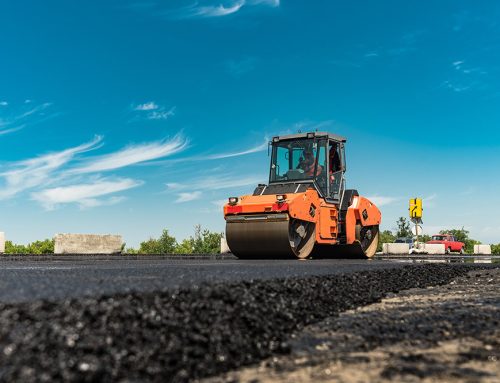How Calgary’s Freeze–Thaw Cycles Damage Asphalt (and How to Prevent It)

In Calgary, winter weather brings more than cold temperatures. The city’s unique climate, with frequent temperature fluctuations above and below freezing, creates repeated freeze–thaw cycles that can wreak havoc on asphalt surfaces. For property managers and business owners, understanding how this process works and how to protect your pavement can save thousands in repair costs and reduce safety risks year-round.
Why Freeze–Thaw Cycles Are So Damaging
Freeze–thaw cycles occur when temperatures hover around the freezing point, causing moisture within and beneath asphalt to freeze at night and thaw during the day. While this might seem harmless, the process is a major contributor to asphalt deterioration.
Thermal Contraction and Expansion
When water freezes, it expands, increasing pressure within the tiny spaces and cracks in the asphalt. This expansion forces the asphalt apart, creating larger cracks and surface breaks. As temperatures rise, the ice melts, leaving voids in the material. The constant cycle of contraction and expansion weakens the structure of the pavement over time.
Sub-Surface Moisture
Moisture beneath the asphalt is equally problematic. Snowmelt and rain can seep through small surface cracks or permeable areas. When this trapped water freezes, it pushes upward, leading to heaving and uneven surfaces. Over time, this movement can break down the foundation layers, making the asphalt more susceptible to potholes and structural failure.
The Visible Effects of Freeze–Thaw Damage
For Calgary property managers, the signs of freeze–thaw damage are easy to spot if you know what to look for.
Common Damage Indicators
- Cracks widening over winter months
- Potholes forming in spring
- Raised or sunken sections of pavement
- Surface raveling where aggregate loosens
Left unaddressed, these issues can escalate quickly, resulting in unsafe conditions for vehicles and pedestrians, increased liability, and the need for costly reconstruction.
Proactive Measures to Protect Asphalt
While you cannot control the weather, you can take steps to protect your asphalt from freeze–thaw damage. Preventative maintenance is the most cost-effective way to ensure your pavement remains safe and functional throughout Calgary’s challenging seasons.
Proper Drainage Solutions
Standing water is one of asphalt’s biggest enemies. Ensuring proper drainage reduces the amount of water that can seep into the pavement in the first place.
- Grade surfaces to direct water away from high-traffic areas
- Keep catch basins and drains clear of debris
- Install or repair drainage systems as needed to prevent pooling
Timely Crack Sealing
Small cracks provide the perfect entry point for water. Sealing these cracks before winter prevents moisture from penetrating and expanding during freezes.
- Inspect your property regularly in late summer and early fall
- Use professional-grade sealants for long-lasting protection
- Address even minor cracks before they grow larger
Sealcoating for Surface Protection
A properly applied sealcoat acts as a barrier against moisture and UV damage, both of which can weaken asphalt over time.
- Reapply sealant every 2–3 years or as recommended by a professional
- Schedule application during warm, dry conditions for the best results
- Combine sealcoating with crack sealing for maximum defense against freeze–thaw cycles
The Role of Seasonal Maintenance
Proactive planning is key to preventing freeze–thaw damage. Addressing vulnerabilities before winter reduces the risk of costly repairs in spring.
Maintenance Checklist for Fall
- Conduct a full inspection of all asphalt surfaces
- Seal cracks and repair potholes before the first freeze
- Ensure drainage systems are working efficiently
- Apply sealcoat if the surface is due for treatment
Regular maintenance also extends the lifespan of your asphalt, saving property owners and managers money in the long term while maintaining a professional appearance.
Why Partnering With a Professional Matters
While some property managers may attempt minor repairs in-house, freeze–thaw prevention and asphalt maintenance require professional knowledge and specialized equipment for best results.
A professional paving contractor will:
- Identify hidden problem areas that may not be visible to the untrained eye
- Recommend preventative strategies tailored to your property’s traffic patterns and environment
- Use high-quality materials that withstand Calgary’s climate
- Complete work efficiently with minimal disruption to operations
At Bulldog Paving, our team has decades of experience working with Calgary’s unpredictable weather and demanding conditions. We know how to prepare asphalt to withstand freeze–thaw damage and keep your property safe for tenants, customers, and visitors.
Protect Your Pavement Before Winter Hits
Calgary’s freeze–thaw cycles can take a serious toll on asphalt, but with proactive maintenance and professional care, you can minimize damage and extend the life of your investment. Addressing drainage issues, sealing cracks, and applying protective coatings before temperatures drop is the best way to protect your property.
Contact Bulldog Paving today to schedule a pre-winter asphalt inspection and get a customized maintenance plan designed to withstand Calgary’s toughest weather conditions.
Yoast Meta Description
Learn how Calgary’s freeze–thaw cycles damage asphalt and discover proven strategies to prevent cracks, potholes, and costly repairs with proactive maintenance.



